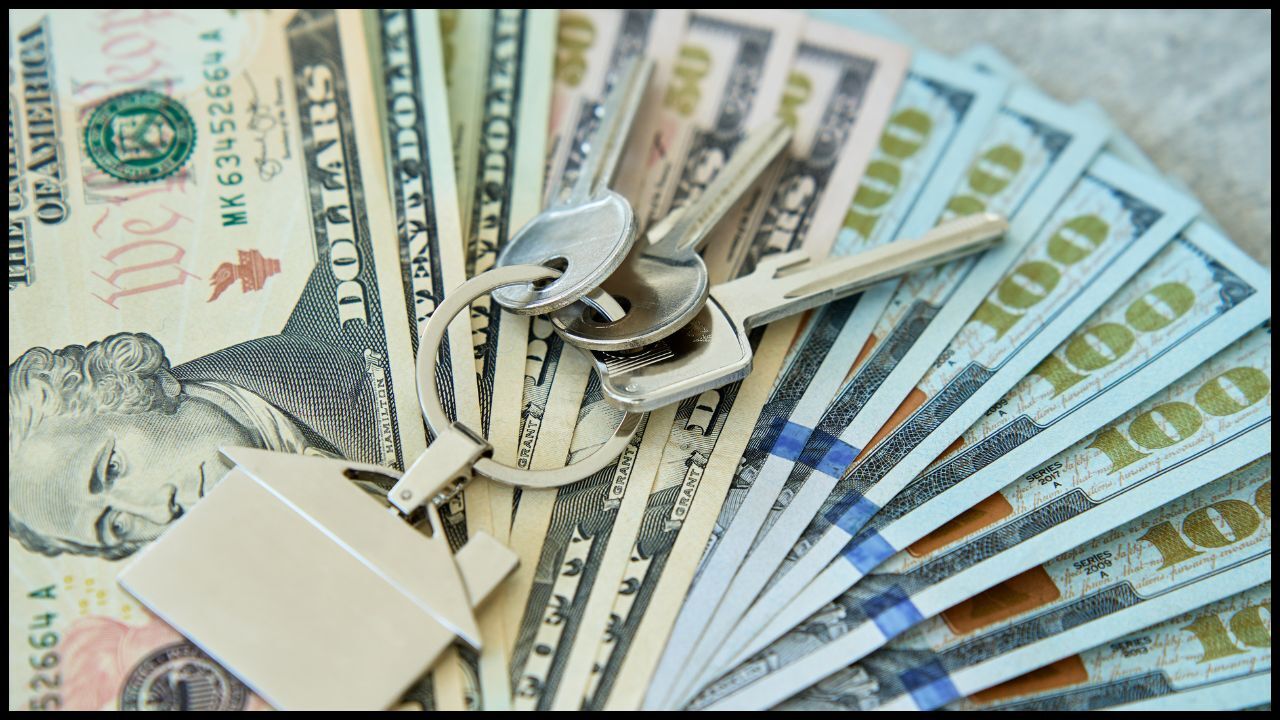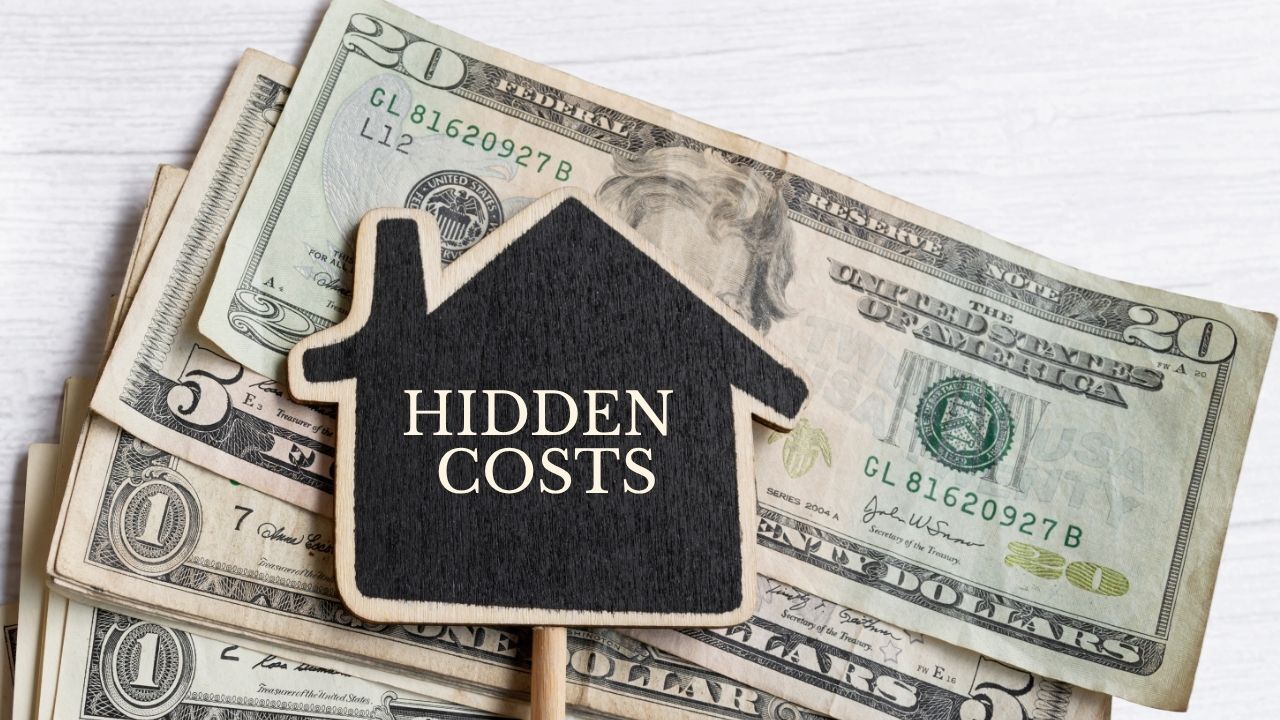
While the government shutdown remains ongoing, inflation data for both the CPI and PPI has been released, indicating that inflation came in below expectations.
It’s worth noting that under the new policy, more data will be simulated rather than collected from broader sources, there is still a significant degree of data collection. This was followed by the Consumer Sentiment report, which suggests that the economy may be gaining momentum again, as sentiment has risen and broken its recent downtrend.
Although many reports are still delayed due to the government shutdown, some essential releases have started to be prioritized. With the latest data now available, there is a lot of optimism that there will be further rate cuts upcoming.
Consumer Sentiment
The U.S. economy sped up in October during the ongoing government shutdown, new surveys show, but high tariffs were hurting exports, businesses said, casting a cloud over the upcoming year. S&P Global said its index of service companies, which employ most Americans, rose to a three-month high of 55.2 in October from 54.2 in the prior month. Any number above 50 signals expansion.
Primary Mortgage Market Survey Index
• 15-Yr FRM rates saw a decrease of -0.08% for this week, with the current rate at 5.44%
• 30-Yr FRM rates saw a decrease of -0.08% for this week, with the current rate at 6.19%
MND Rate Index
• 30-Yr FHA rates saw a decrease of -0.04% for this week. Current rates at 5.95%
• 30-Yr VA rates saw a decrease of -0.04% for this week. Current rates at 5.97%
Jobless Claims
Initial Claims were reported to be delayed until further notice.
What’s Ahead
Next week’s tentative releases include the FOMC rate decision and the PCE Index, though the PCE report has been delayed by the government shutdown.
 In today’s competitive real estate market, buyers often find themselves going up against all cash offers. It can be discouraging to see a dream home slip away to someone who can pay outright. However, buyers who use financing still have powerful ways to compete, and win, when they approach the process strategically.
In today’s competitive real estate market, buyers often find themselves going up against all cash offers. It can be discouraging to see a dream home slip away to someone who can pay outright. However, buyers who use financing still have powerful ways to compete, and win, when they approach the process strategically. Buying a home is one of life’s biggest milestones, but it also comes with ongoing responsibilities that many first-time buyers overlook. The purchase price and mortgage are only part of the picture. Once the excitement of closing day fades, new homeowners often discover a range of hidden costs that can affect their monthly budgets and long-term financial stability.
Buying a home is one of life’s biggest milestones, but it also comes with ongoing responsibilities that many first-time buyers overlook. The purchase price and mortgage are only part of the picture. Once the excitement of closing day fades, new homeowners often discover a range of hidden costs that can affect their monthly budgets and long-term financial stability. For many homewners, pets are not just animals, they are cherished family members. As a result, more buyers are prioritizing pet needs when searching for their next home. Whether it is a fenced backyard for a playful puppy or a neighborhood that welcomes animals, pet-centered home buying has become one of the most important trends in real estate.
For many homewners, pets are not just animals, they are cherished family members. As a result, more buyers are prioritizing pet needs when searching for their next home. Whether it is a fenced backyard for a playful puppy or a neighborhood that welcomes animals, pet-centered home buying has become one of the most important trends in real estate. The real estate world is experiencing a major shift as technology reshapes the way homes are marketed and sold. Artificial intelligence and smart digital tools are transforming how agents connect with potential buyers. Traditional open houses, once the main event for showing homes, are now being enhanced, or sometimes replaced, by virtual experiences that allow buyers to explore properties without leaving their couch.
The real estate world is experiencing a major shift as technology reshapes the way homes are marketed and sold. Artificial intelligence and smart digital tools are transforming how agents connect with potential buyers. Traditional open houses, once the main event for showing homes, are now being enhanced, or sometimes replaced, by virtual experiences that allow buyers to explore properties without leaving their couch.